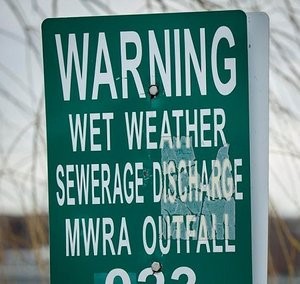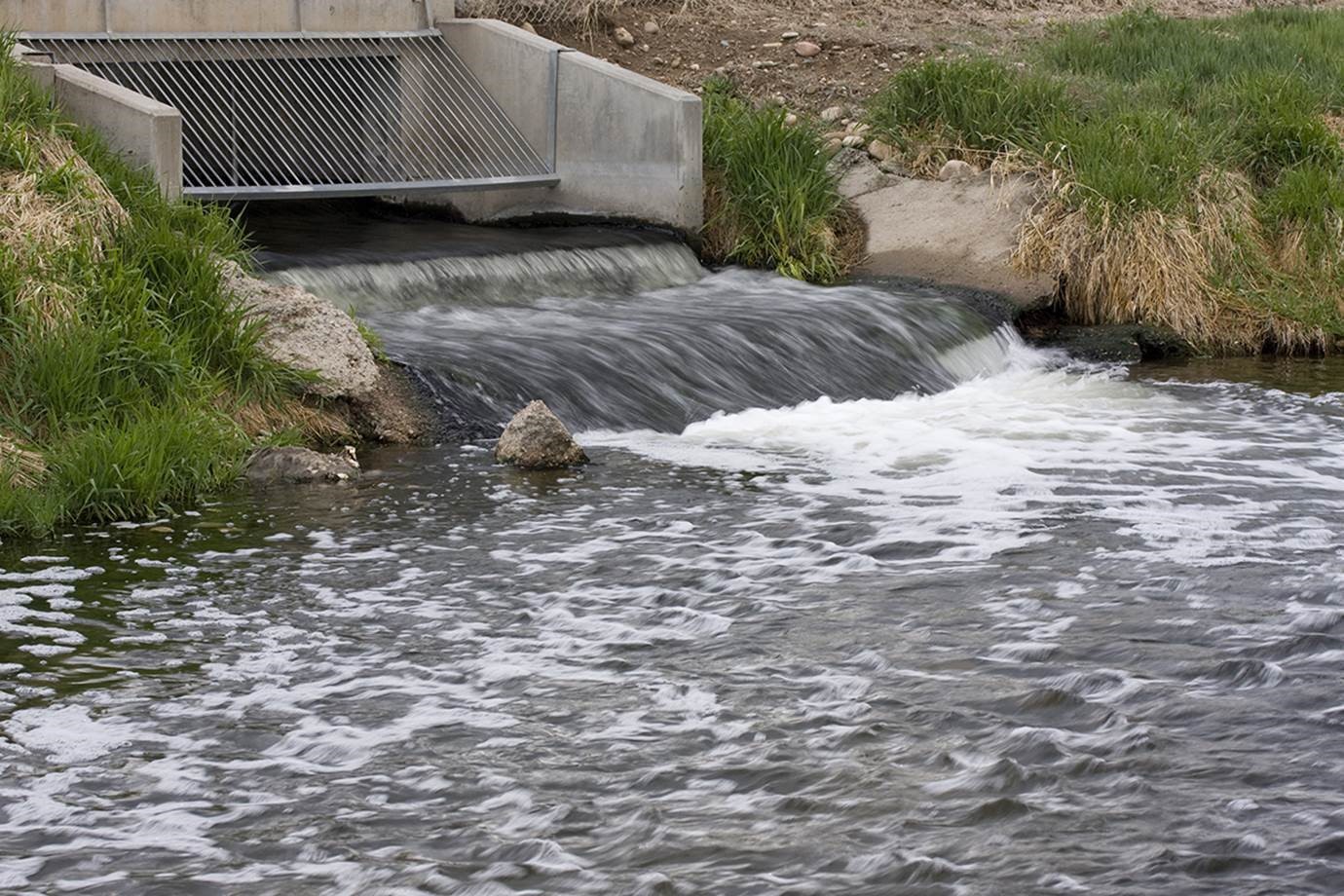Posted on February 1, 2022 by Robert D. Cox, Jr.
Growing up in Massachusetts, we always “understood” that water we swam and recreated in was, well, “dirty.” At Fenway Park, home of the Boston Red Sox, the song “Dirty Water” (the Standell‘s 1966) was blasted out over the speaker systems immediately after the last out of every home team victory. With the lyric, “well, I love that dirty water, oh Boston you’re my home,” sung in unison by the Fenway Faithfull, this Fenway Park tradition ingrained in us as a point of pride that “dirty water” is a condition of our local environment. So, it came as somewhat of a surprise that last year our legislature saw a need for, and our Governor signed as law, “an Act Promoting Awareness of Sewage Pollution in Public Waters.” (Like, we didn’t know already!)

Last month, MassDEP issued new regulations, as required by the new law, mandating clean water utilities – primarily Publicly Owned Treatment Works (POTWs) – issue public advisories for discharges of certain types of untreated or partially treated wastewater, including combined sewer overflows (CSOs), sanitary sewer overflows (SSO), and blended wastewater. The public advisories must be sent within two hours of discovery to local, state and government agencies, news organizations, and any individuals subscribed to receive these notifications through e-mails, text messages, websites, and “reverse 911” phone calls. Fourteen other states have similar regulations requiring public notifications so citizens can make informed decisions about when it is safe to recreate in public waterways.
On its face, such notices seem like common-sense – we should be notified. But the new notification rules overlap with other notification obligations. While well-intended by its advocates, the notification rules put even greater burden on underfunded clean water utilities, and most unfortunately, do nothing to advance public education, public trust, and ultimately public support for funding clean water utilities – all of which is needed to make the goals of Clean Water Act (CWA) achievable.
For example, recognizing that blending reduces discharges from CSOs and that discharges of blended wastewater from many permittees meet numeric permit effluent limits, MassDEP initially proposed different notifications for releases of blended wastewater. Instead of a full public advisory, clean water utilities would post on their websites when blending occurs, and explain blending, describe how and why it is done, and its frequency of occurrence and the circumstances for that facility. Rather than unnecessarily alarm the public, the community would learn the facility’s treatment methodology every time they check the website and have enough information to make an informed decision about likely risks.
But advocates for the law pushed back and MassDEP’s final notification rules make no distinction between blended wastewater and other discharges. The outcome will surely cause confusion and misunderstanding about discharges and their relation to the design and historic operation of wastewater utilities. An opportunity squandered.
That said, we have made incredible progress in cleaning up our waterways over the more than four decades of the CWA. There remains a long way to go before we might realize the goals of the CWA. A notification rule like the one rolled out in Massachusetts is not a path that will get us there.
Advocates for the new law and its unfocused regulations argued that the public’s shock of learning that treated and untreated wastewater enters waterways after storm events would give rise to a call for action to fund the billions of dollars needed to pay for the elimination of combined sewer systems or otherwise prevent CSOs. But that’s unlikely. We know already we have “dirty water.”

